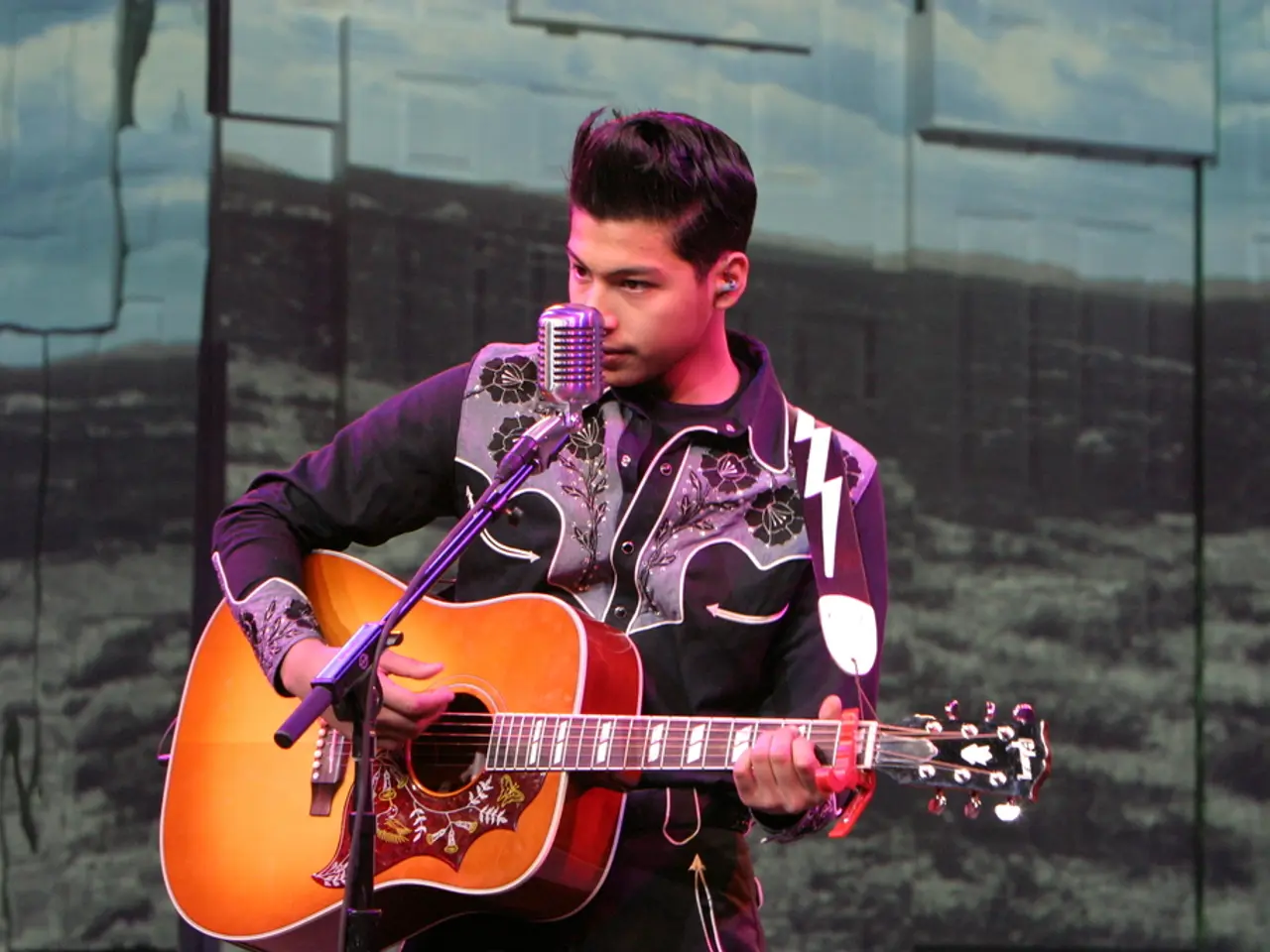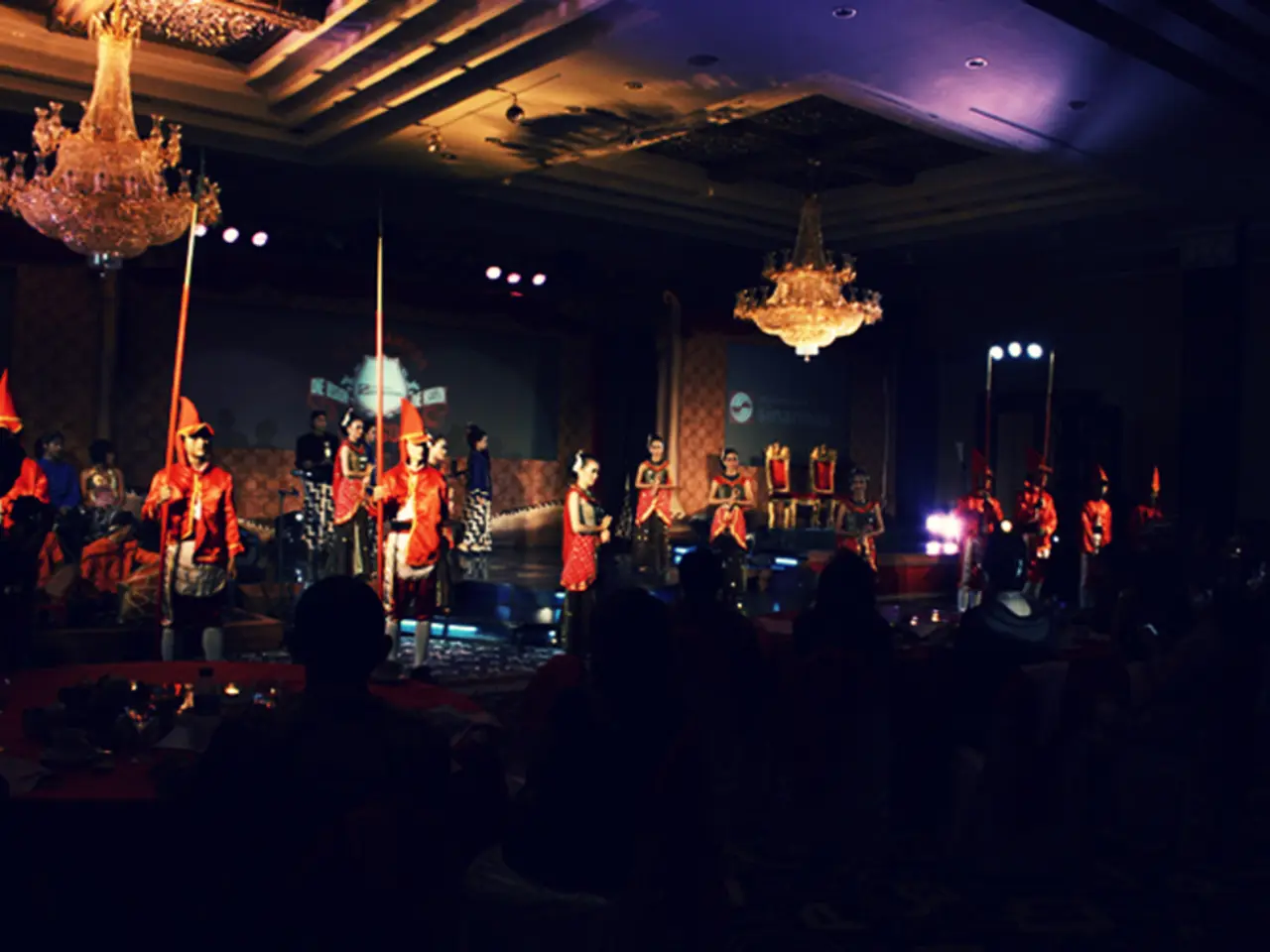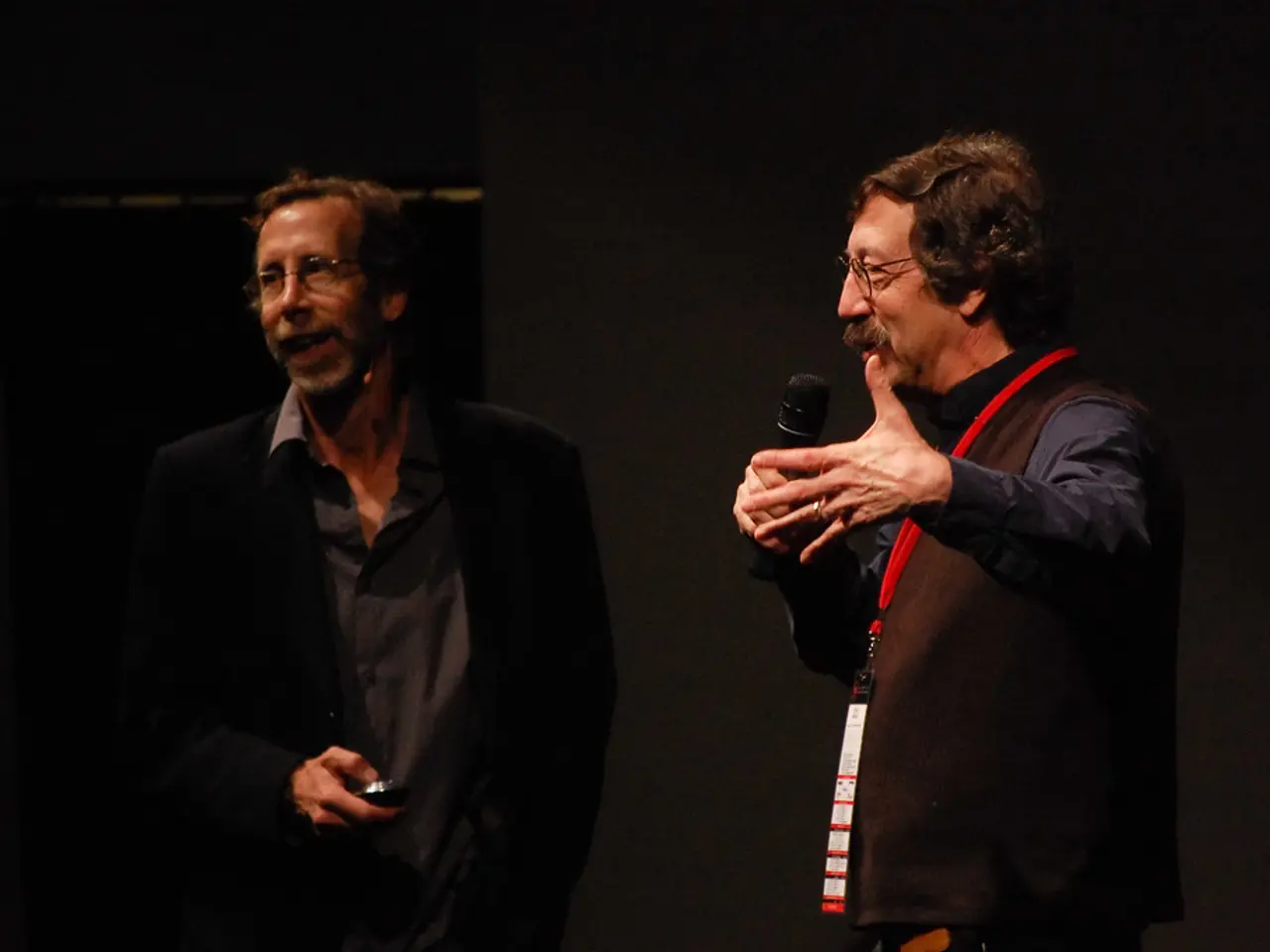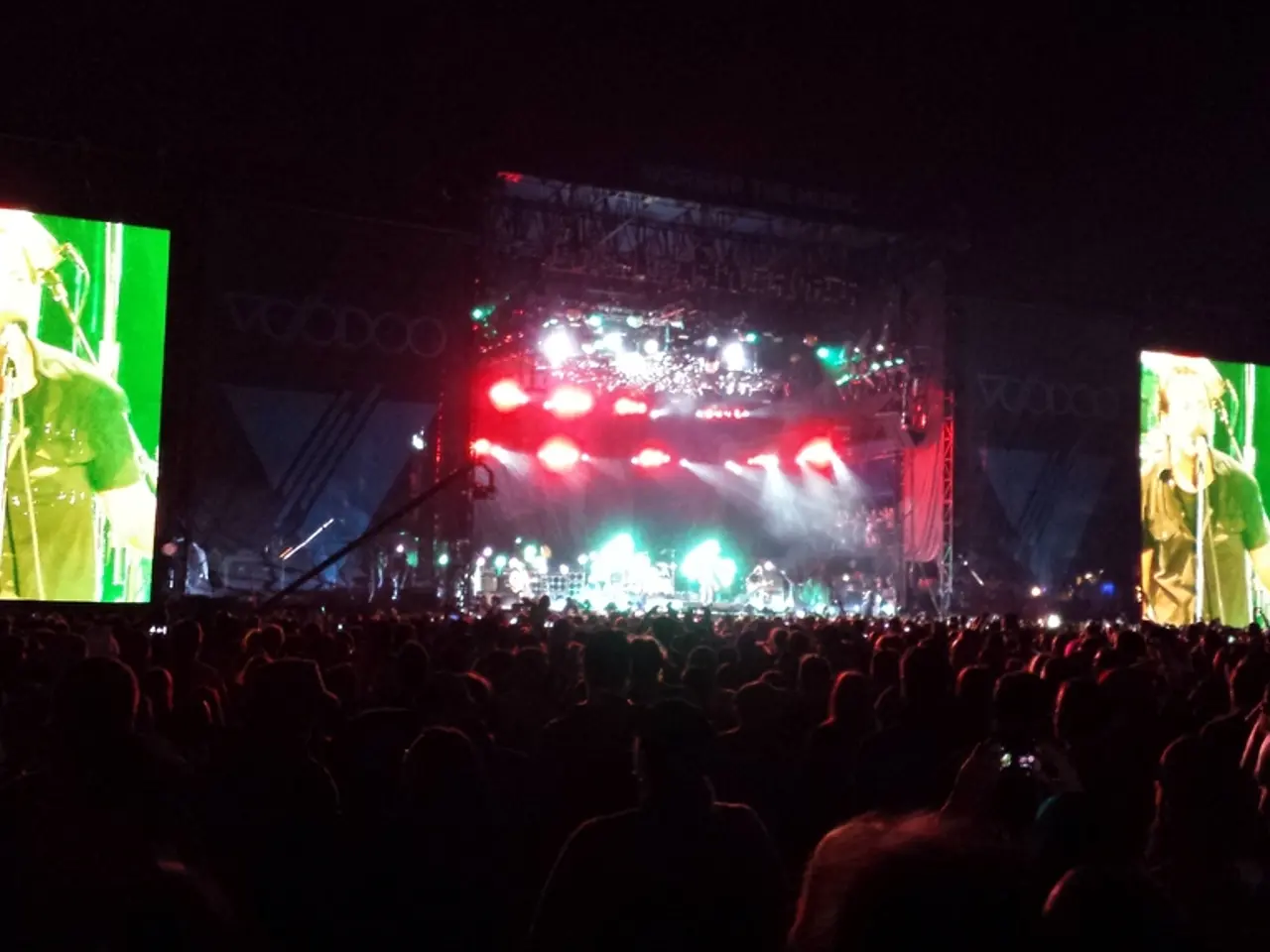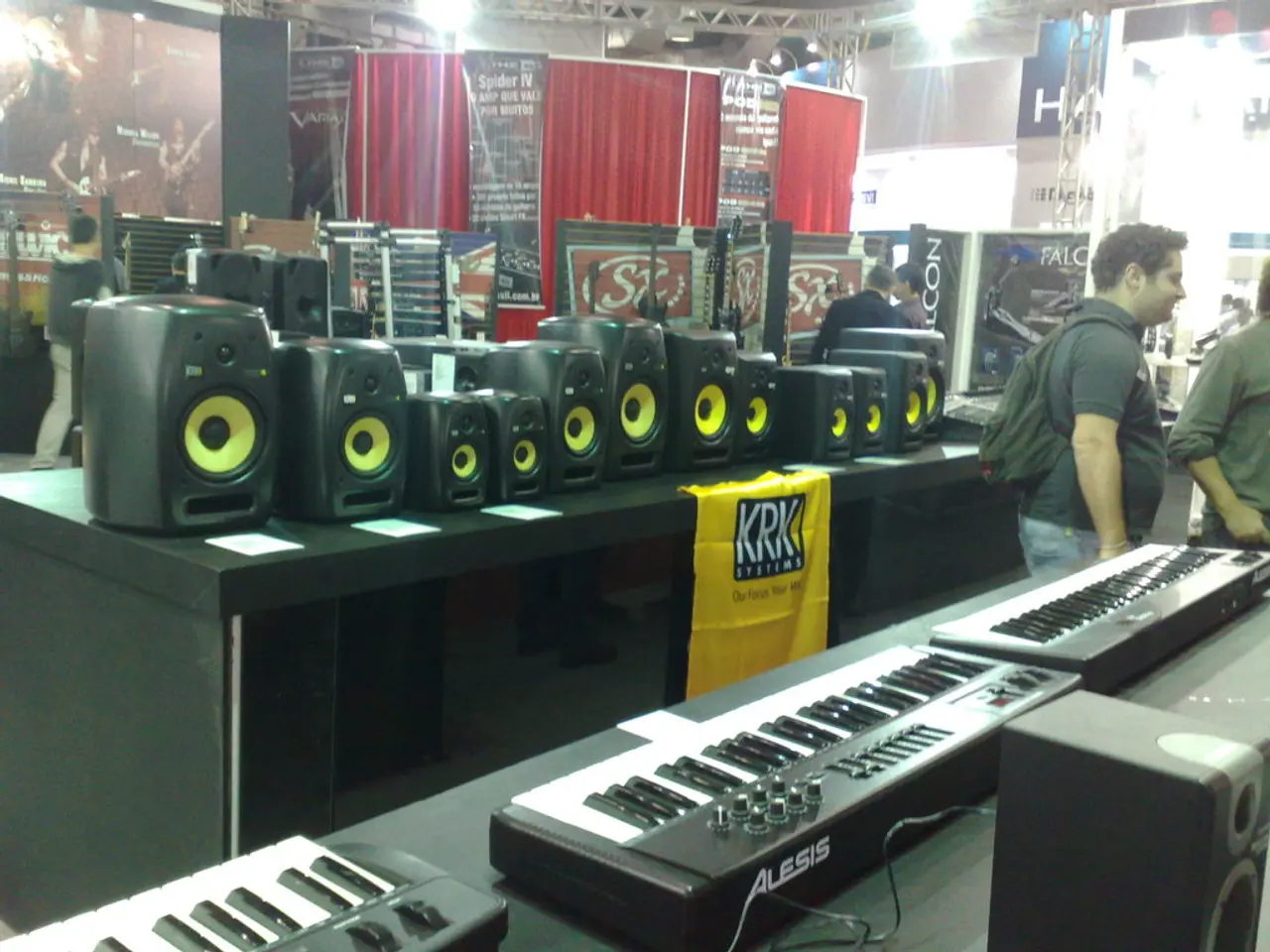Examining political motifs in contemporary films
In the realm of modern cinema, filmmakers are increasingly using their art to delve into the intricate dynamics of power, governance, and social justice. By thoughtfully integrating political themes without compromising artistic integrity, they create compelling works that resonate on both an intellectual and emotional level.
Symbolism and metaphors through visual elements play a significant role in this process. For instance, the use of low-angle shots can depict power dynamics and emphasize the dominance of political figures or institutions. On the other hand, lighting can highlight moral ambiguity or symbolize hidden agendas or corruption. Quick cuts and montages can convey chaos and instability, often seen in films addressing political upheaval or revolution.
Several contemporary films explore political themes through their characters, plots, and symbolism. "Joker," directed by Todd Phillips, explores societal issues such as mental health, systemic neglect, and societal alienation. "Parasite," directed by Bong Joon-ho, is an example of a film that serves as a biting critique of class disparity.
Notable recent examples include "Eddington" (2025), a film centred on a standoff in a small New Mexico town between a sheriff and a mayor, which escalates neighbour against neighbour, reflecting political and social tensions within a community. "One Battle After Another" (2025) follows a reunion of ex-revolutionaries after 16 years to rescue a daughter, touching on themes of past political struggle and its ongoing repercussions.
"The Irishman," available on Netflix, depicts organized crime intertwined with politics, power, and betrayal through the life of a hitman connected to Teamsters union leadership and corruption. "Ma Rainey’s Black Bottom" portrays racial and economic power dynamics in 1927 Chicago’s music industry, symbolizing broader issues of race, control, and artistic ownership.
Beyond contemporary films, some productions delve into political history and symbolism, such as French Resistance-themed series like Un village français that explore WWII occupation politics, collaboration, resistance, and survival, presenting complex characters making heroic or morally fraught decisions under oppressive regimes.
To achieve balance between political commentary and artistic expression, filmmakers can use subtlety, craft complex characters, utilize visual storytelling, and ensure contextual relevance. This ensures that the political messages conveyed are not only thought-provoking but also engaging and impactful.
In this way, modern cinema serves as a reflective surface for the evolving political landscape, mirroring and examining real-world political situations. Characters often embody political archetypes such as leaders, rebels, and whistleblowers, providing a platform for audiences to grapple with complex political issues in a relatable and engaging manner.
References: [1] Article on contemporary films exploring political themes [2] Article on French Resistance-themed series [3] Article on Netflix's The Irishman and Ma Rainey’s Black Bottom
- Critics have praised the cinematography and editing in modern movies, noting how visual elements reflect political power dynamics, hidden agendas, and social justice issues.2.From the realm of animation to live-action films, filmmakers are exploring various genres to create works that critically examine political policies and legislation.
- In the movie "Joker," director Todd Phillips delves into society's mental health, systemic neglect, and societal alienation through compelling visual storytelling and complex character development.
- Another notable contemporary film, "Parasite," directed by Bong Joon-ho, presents a biting critique of class disparity through intricate plot development and symbolism.
- "Eddington" (2025) and "One Battle After Another" (2025) are recent movies that delve into the ongoing repercussions of past political struggles, focusing on themes of community tensions and past revolutions.
- "The Irishman," available on Netflix, uses cinematography and editing to depict organized crime, politics, power, and betrayal in a thought-provoking and impactful manner.
- In "Ma Rainey’s Black Bottom," power dynamics in 1927 Chicago's music industry are portrayed to symbolize broader issues of race, control, and artistic ownership.
- French Resistance-themed series, such as Un village français, offer viewers a glimpse into historical political situations, exploring WWII occupation politics, collaboration, resistance, and survival, with complex characters making morally fraught decisions under difficult circumstances.


